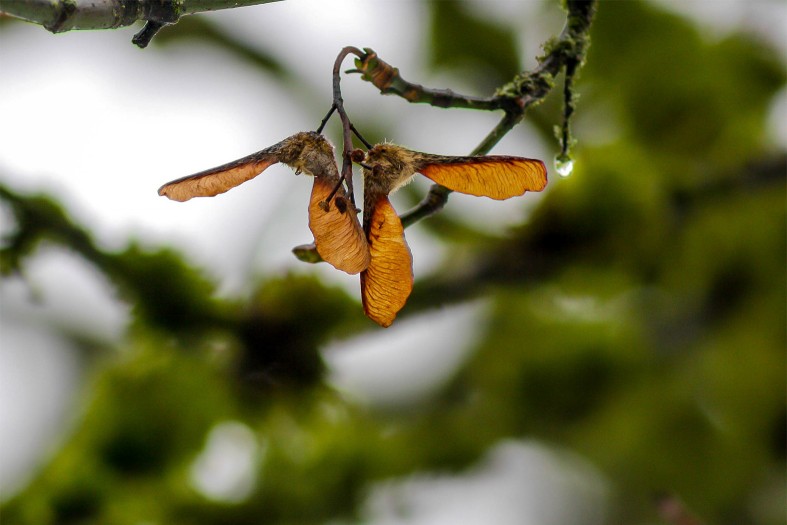
Most horse owners recognise the bright yellow flowers of the common ragwort (Senecio jacobaea) and know that it is toxic to horses and ponies. The weed is prolific and self-seeding so it is essential to remove all traces of it from pasture and neighbouring fields to help stop it spreading.
Act before the flowers appear
Don’t wait waiting for ragwort to flower before removing it – digging it up by the roots in the spring, when it is still an immature flattened green rosette will help prevent its spread.

The reality is that, because of its bitter taste, horses and ponies are only likely to eat it as a last resort if pasture is meagre. In hot, dry months (remember last summer?) pasture can deteriorate and the clumps of yellow ragwort will eventually attract hungry horses. However, a greater danger lurks in poor quality hay or haylage containing dried ragwort which is more palatable to horses and which they’ll readily eat.
The poisonous pyrrolizidine alkaloids present in ragwort cannot be processed by the liver and over time will accumulate damaging the liver cells causing them to change to fibrous tissue. Eventually the loss of functioning liver cells causes irreparable damage, seriously reducing liver function. Outward clinical signs may not be obvious and often, by the time the poisoning is diagnosed, the compromised liver function is too severe for effective treatment.
The severity of clinical signs shown in cases of ragwort poisoning depend largely on the length of exposure to the plant and its toxins. Symptoms include lethargy, weight loss, diarrhoea, colic, depression, skin lesions from photosensitisation and odd behaviour with head pressing, aimless walking, circling and seizures. The abnormal behaviour results from the compromised liver function failing to detoxify the blood, allowing the remaining poisons to spread throughout the horse to the brain, resulting in behaviour known as hepatic encephalopathy.
Diagnosis is made on presentation of clinical signs in conjunction with a blood test and, if a liver problem is highlighted, further tests with liver ultrasonography and a biopsy, will confirm if ragwort poisoning is evident. Not all liver problems are caused by ragwort poisoning and it is usually the biopsy which will definitive diagnosis.
Ragwort poisoning is non-reversible, and treatment is only to support the animal affected. Dietary changes and vitamin supplementation can help in management, but the key to dealing with ragwort poisoning is not to let it happen in the first place – there is no safe level of ragwort consumption!
Take some time this weekend to check your fields. Take a trowel, a garden fork or a ragwort fork and a bucket with you and weed out the ragwort rosettes. And do check your stores of hay and haylage for dried plants. Ragwort poisoning is horrible, distressing, potentially fatal and easily preventable.
Other plants poisonous to horses
Acorns

Equine poisoning from acorns and oak is serious and can be fatal although it is relatively rare. Acorns, oak and oak leaves contain tannic acid and other tannins which are toxic if ingested in sufficient quantity. Damage is caused to the gut with diarrhoea and colic presenting, and the liver and kidneys can become compromised. Fencing-off any oak trees and regularly collecting fallen acorns are important precautions.
Sycamore
The ‘helicopter’ seeds of the sycamore tree, when ingested by horses, cause Atypical Myopathy for which there is currently no specific treatment. This deadly muscular condition is caused by the toxin hypoglycin A breaking down fatty acids and damaging the cardiac and respiratory muscles. Renal failure can also result. The high mortality rate and rapid onset of Atypical Myopathy means horses should not be grazed on pasture affected by sycamore seedlings between autumn and spring. Sycamore trees should, in any case, be fenced off and any seeds removed as frequently as possible.
Yew

A lesser known, but even more deadly killer, the yew tree contains extremely fast-acting toxic alkaloids which if eaten by a horse in even the smallest of quantities, can kill within minutes, certainly within hours. There is currently no treatment for yew poisoning and horses should never be kept near yew trees, yew hedges or in pasture where yew clippings might be dumped.
Other plants poisonous to horses and ponies include laurel, hemlock, rhododendron, foxglove, lupins, privet and laburnum. Typically, horses will only eat toxic plants when other, more palatable and healthy grazing is depleted, and no supplemental nutrition is supplied by their owners. As always – if in doubt, ask your veterinary surgeon who will always be pleased to provide advice.







